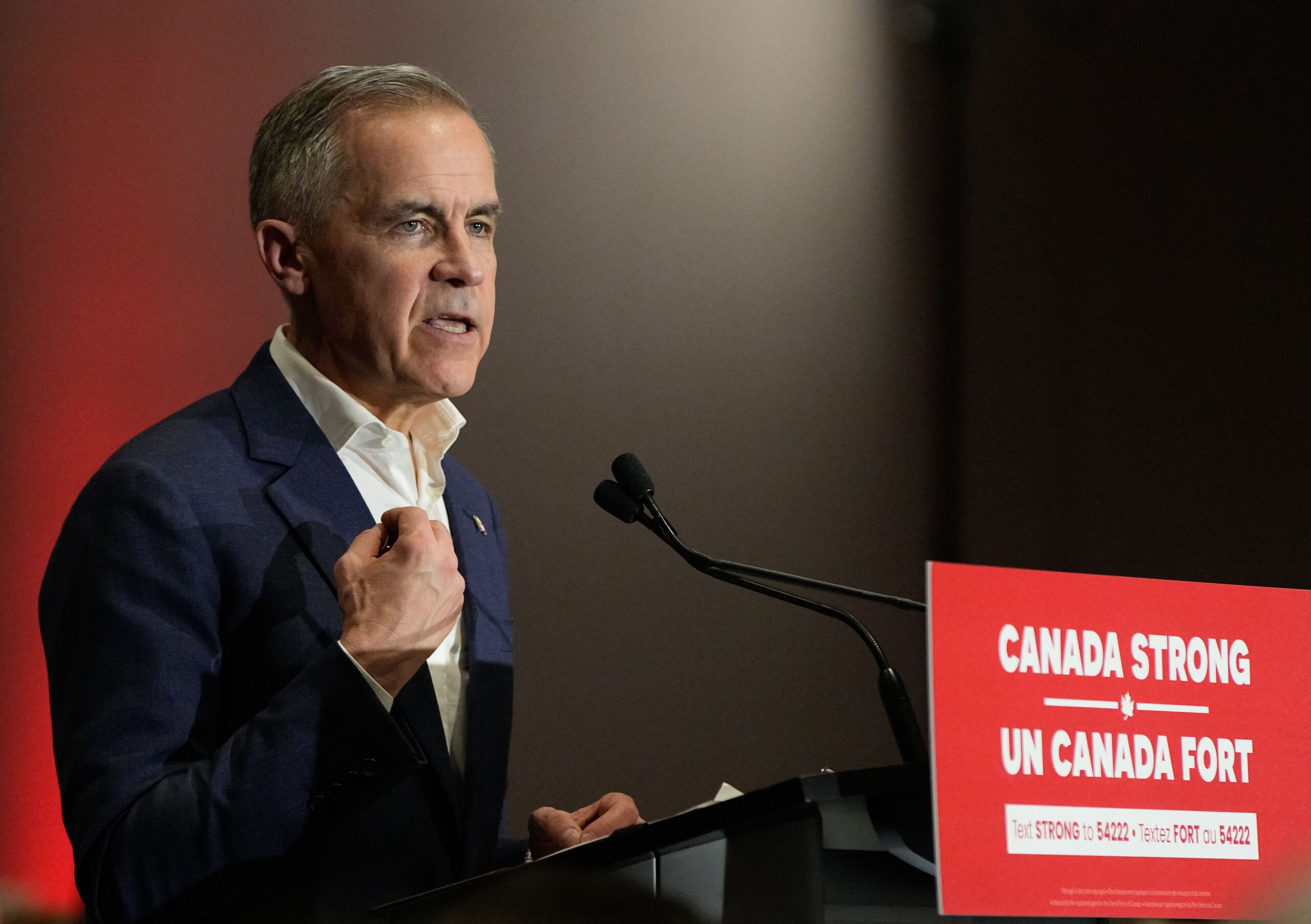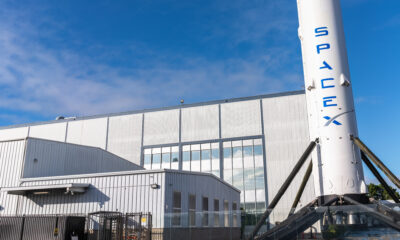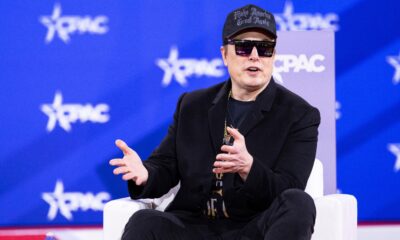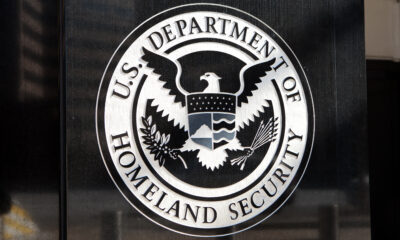Arctic Warnings RISE – Will Canada DEFEND It?

Canada’s Prime Minister Mark Carney announces historic defense spending boost to meet NATO’s 2% GDP target this fiscal year, citing growing threats from Russia and China in an increasingly dangerous world.
At a Glance
- Prime Minister Mark Carney announced Canada will reach NATO’s 2% defense spending target by March 2026
- The spending increase is driven by what Carney describes as a “darker, more competitive world”
- Carney cited threats from “emboldened Russia and an assertive China” as key motivators
- Canada’s geographic isolation is no longer sufficient protection in the modern threat landscape
- The increase represents a significant shift in Canadian defense policy and international commitment
Canada Commits to NATO Defense Target
In a landmark announcement, Canadian Prime Minister Mark Carney confirmed that Canada will meet NATO’s long-standing defense spending target of 2% of GDP within this fiscal year. The announcement marks a significant shift in Canadian defense policy, which has historically fallen short of the alliance’s spending guidelines. The decision places Canada alongside other NATO members who have responded to escalating global threats by strengthening their military capabilities and fulfilling their alliance obligations.
The move comes amid growing international pressure for NATO members to bolster their defense capabilities in response to Russia’s aggressive posture in Eastern Europe and China’s expanding military influence. Carney’s commitment represents one of the most substantial increases to Canada’s defense budget in recent history, addressing long-standing criticisms from allies, particularly the United States, about Canada’s previously modest defense contributions relative to its economic capacity.
A Changing Global Security Landscape
During his announcement in Toronto, Carney outlined the strategic reasoning behind the increased defense spending, pointing to fundamental shifts in the global security environment. The Canadian leader described today’s world as “darker” and “more competitive,” highlighting the receding dominance of the United States as other great powers emerge on the global stage. This evolving power dynamic, according to Carney, necessitates a more robust Canadian defense posture.
“The long-held view that Canada’s geographic location will protect us is becoming increasingly archaic,” Carney said in a speech in Toronto. “We have been jolted awake by new threats to our security and sovereignty – including from emboldened Russia and an assertive China.”
Carney’s assessment reflects growing concerns about Russia’s military activities in the Arctic, a region where Canada has significant sovereign interests, and China’s increasingly assertive global posture. The prime minister specifically challenged the traditional Canadian assumption that geographic isolation provides sufficient security in the modern era, noting that technological advancements and changing geopolitical realities have eroded this historical advantage.
Strategic Investment and Military Modernization
The defense spending increase is expected to fund substantial improvements across multiple domains of Canada’s military capabilities. While specific allocation details remain forthcoming, defense analysts anticipate investments in Arctic sovereignty operations, cyber defense capabilities, and conventional force modernization. The Canadian Armed Forces have struggled with aging equipment and recruitment challenges in recent years, issues that this funding boost aims to address.
Canada’s decision to meet the NATO spending target represents a critical statement of commitment to collective Western security at a time when the alliance faces significant challenges. By stepping up its defense investment, Canada signals to allies and adversaries alike that it intends to play a more substantial role in addressing emerging security threats. The move may also help mend relations with the United States, which has repeatedly called for increased defense spending from its northern neighbor.
Broader Strategic Implications
Beyond simply meeting a NATO benchmark, Carney’s announcement signals a broader strategic reorientation of Canadian defense policy. By acknowledging specific threats from Russia and China, Canada aligns more closely with the strategic assessments of its major allies, particularly the United States and the United Kingdom. This represents a more forward-leaning posture than Canada has traditionally adopted in its foreign and defense policy statements.
The increased defense spending will likely facilitate Canada’s participation in multinational military exercises, overseas deployments, and collective defense initiatives. For Canadian forces deployed abroad and those tasked with domestic defense, the funding increase promises improved equipment, training opportunities, and operational readiness. The investment also positions Canada to better fulfill its obligations to continental defense through NORAD and other security partnerships.
























